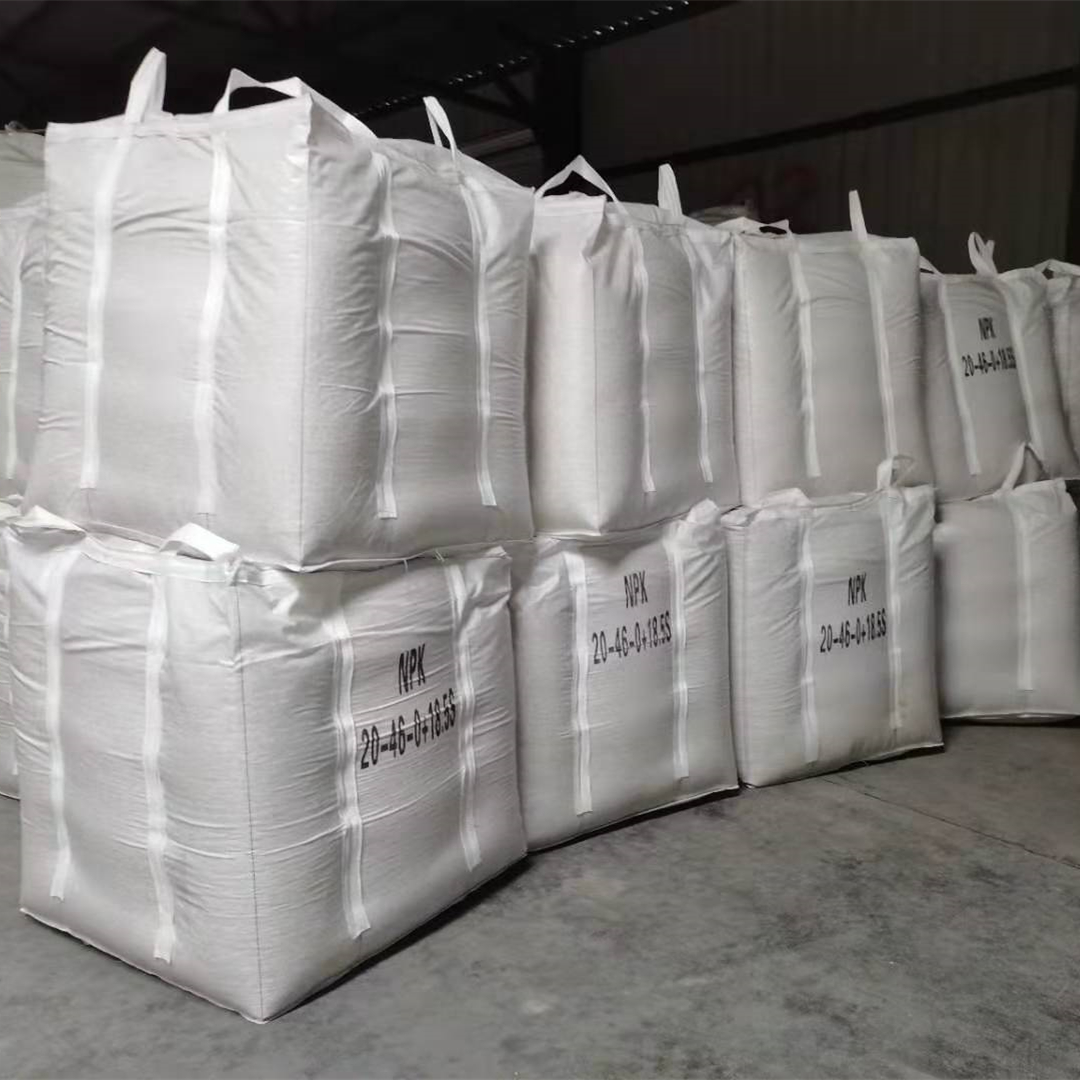
Aug . 13, 2024 21:21 Back to list
Understanding the Benefits and Usage of Urea Fertilizer with 46% Nitrogen Content for Farming
The Importance of Urea 46% Fertilizer in Modern Agriculture
Urea, a nitrogen-rich compound with a chemical formula of CO(NH2)2, is one of the most widely used nitrogen fertilizers in agriculture. Urea 46%, which contains 46% nitrogen, is particularly favored for its high nutrient concentration, making it an invaluable asset for farmers seeking to enhance crop yield and soil fertility. Understanding the properties, benefits, and application of Urea 46% fertilizer is crucial in addressing modern agricultural challenges.
Composition and Benefits
The primary component of Urea 46% fertilizer is nitrogen, which is essential for plant growth and development. Nitrogen is a fundamental element in amino acids, the building blocks of proteins, and is integral to chlorophyll production, which facilitates photosynthesis. This makes nitrogen crucial for leafy growth and overall plant health. The high nitrogen content in Urea 46% allows for significant nutrient delivery with smaller application volumes, resulting in cost-effectiveness and ease of use for farmers.
Urea has a relatively low production cost compared to other nitrogen fertilizers, making it economically attractive. Moreover, its solid form and stability allow for easy handling, storage, and transportation. Urea fertilizers are versatile; they can be applied in various ways, including broadcasting, side-dressing, or mixing with the soil before planting. This flexibility enables farmers to tailor their application methods to specific crops and local conditions.
The Importance of Urea 46% Fertilizer in Modern Agriculture
Despite its advantages, the use of Urea 46% fertilizer comes with environmental considerations. Nitrogen is prone to volatilization, especially in warm and dry conditions, where it can convert to ammonia gas and escape into the atmosphere. This not only reduces the efficiency of the fertilizer but also contributes to air pollution and can lead to nutrient imbalances in the surrounding ecosystems.
fertilizer urea 46

To mitigate these environmental impacts, farmers can adopt best management practices, such as incorporating urea into the soil rather than broadcasting it on the surface. This practice can significantly reduce nitrogen loss through volatilization. Additionally, using controlled-release formulations or urease inhibitors can further enhance the efficiency of Urea 46%, ensuring that plants receive the nutrients they need at optimal times while minimizing losses.
Enhancing Crop Yield
Properly managed, Urea 46% can dramatically increase crop yields. In regions with high nitrogen demand, such as those growing corn, wheat, and rice, Urea 46% provides the necessary nitrogen boost to achieve optimal growth and production. Farmers who implement precise nutrient management strategies that incorporate Urea 46% often report healthier crops, increased resistance to pests and diseases, and better overall yield performance.
Furthermore, Urea 46% can enhance soil fertility over time. As plants absorb nitrogen, they contribute organic matter back to the soil when leaves and roots decompose. This organic matter is vital for maintaining soil structure, improving water retention, and activating beneficial microorganisms—all essential for sustainable farming practices.
Conclusion
In conclusion, Urea 46% fertilizer plays a pivotal role in modern agriculture by providing an efficient solution to nitrogen deficiency in crops. Its high nitrogen content, cost-effectiveness, and ease of use make it a top choice for farmers looking to improve their yield and manage their resources efficiently. However, to maximize its benefits while minimizing environmental impacts, farmers must adopt responsible management practices. By doing so, they can support sustainable agricultural development and contribute to food security in a rapidly growing world.
-
10 10 10 Fertilizer Organic—Balanced NPK for All Plants
NewsJul.30,2025
-
Premium 10 10 10 Fertilizer Organic for Balanced Plant Growth
NewsJul.29,2025
-
Premium 10 10 10 Fertilizer Organic for Balanced Plant Growth
NewsJul.29,2025
-
Premium 10 10 10 Fertilizer Organic for Balanced Plant Growth
NewsJul.29,2025
-
50 Pound Bags of 13-13-13 Fertilizer for All Plants – Bulk & Organic Options
NewsJul.28,2025
-
High-Efficiency 15-30-15 Granular Fertilizer for Healthy Crops
NewsJul.28,2025
